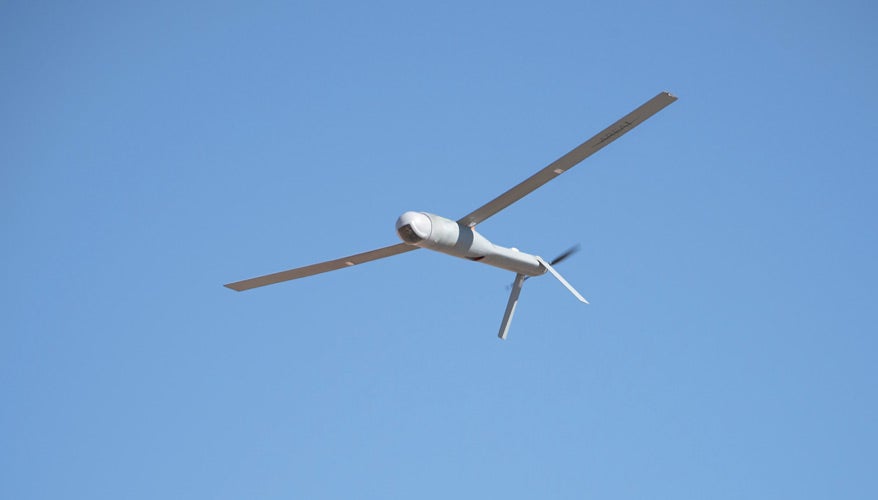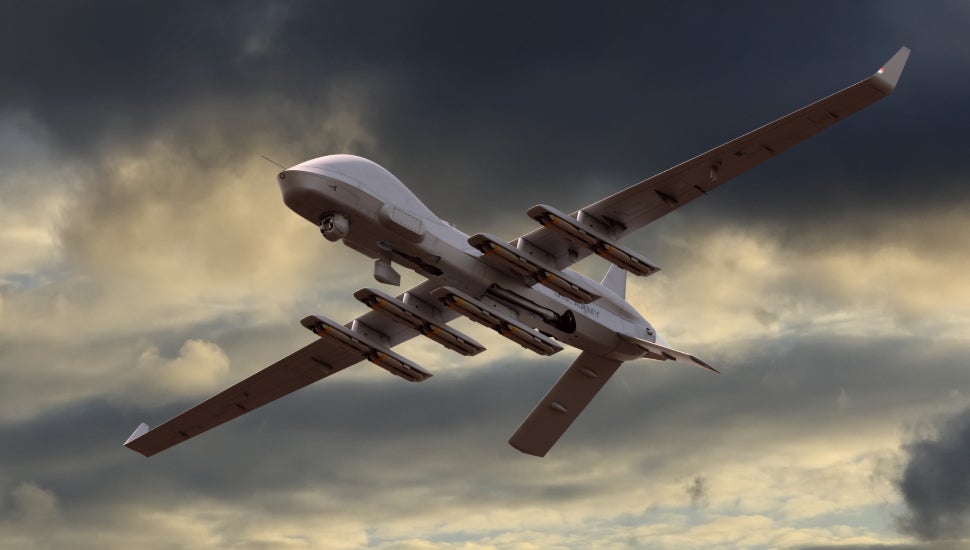General Atomics Succeed in Using Gray Eagle As A Drone Mothership
In a historic test, General Atomics launched and controlled multiple Altius-600 drones from onboard an MQ-1C Gray Eagle Extended Range (GE-ER). To launch a drone from another drone is an achievement in itself but the ability to act as a team creates a unique system of systems. This test is the third in a series of “Multi-Domain Operations Demos” conducted by General Atomics (GA) to prove the usefulness of their unmanned aerial systems in peer conflict.
With several losses during operations in the Middle East, the US military is second-guessing it’s dependence on GA’s MQ-9 and MQ-1C which are in USAF and US Army service respectively. With the tests, GA is attempting to prove that with standoff sensors and air-launched drones their platforms will not only be survivable but provide persistent wide-area intelligence to coordinate Army long-range fires (the enhancement of which is a key Army goal).

The first two of these tests showed the sensor fusion abilities of the MQ-1C. Using the L3Harris Technologies Rio Nino which passively listens for radio emissions out to a range of 250km, the GE-ER was able to detect hostile transmissions and then cross-cued its Lynx synthetic aperture radar to provide accurate identification and targeting data out to 75km. Using the passive sensor to acquire the target prevents the GE-ER itself from having to emit until it is ready to collect targeting data.

The third test of the series saw the deployment of Air-Launched Effects (ALEs) which form another piece of this sensor fusion system. The small Altius-600 drones weight between 20-27lbs and are able to operate up to 70km from the mothership. They provide a video feed to the control station by relaying through the GE-ER. This allows visual identification of potential targets without putting the larger drone inside the range of threats missile systems. By using the small drones to investigate emitters detected by the Rio Nino sensor, the operator can keep his radar silent unless a target is ready to be engaged. It’s not clear if the ALEs themselves are able to provide target tracking data. Future variants of ALE will include a loitering munition, a decoy/jammer, and electronic intelligence payload. Through more robust datalinks General Atomics hopes to be able to control ALE over 200km from the launch aircraft, but that remains in the future.

